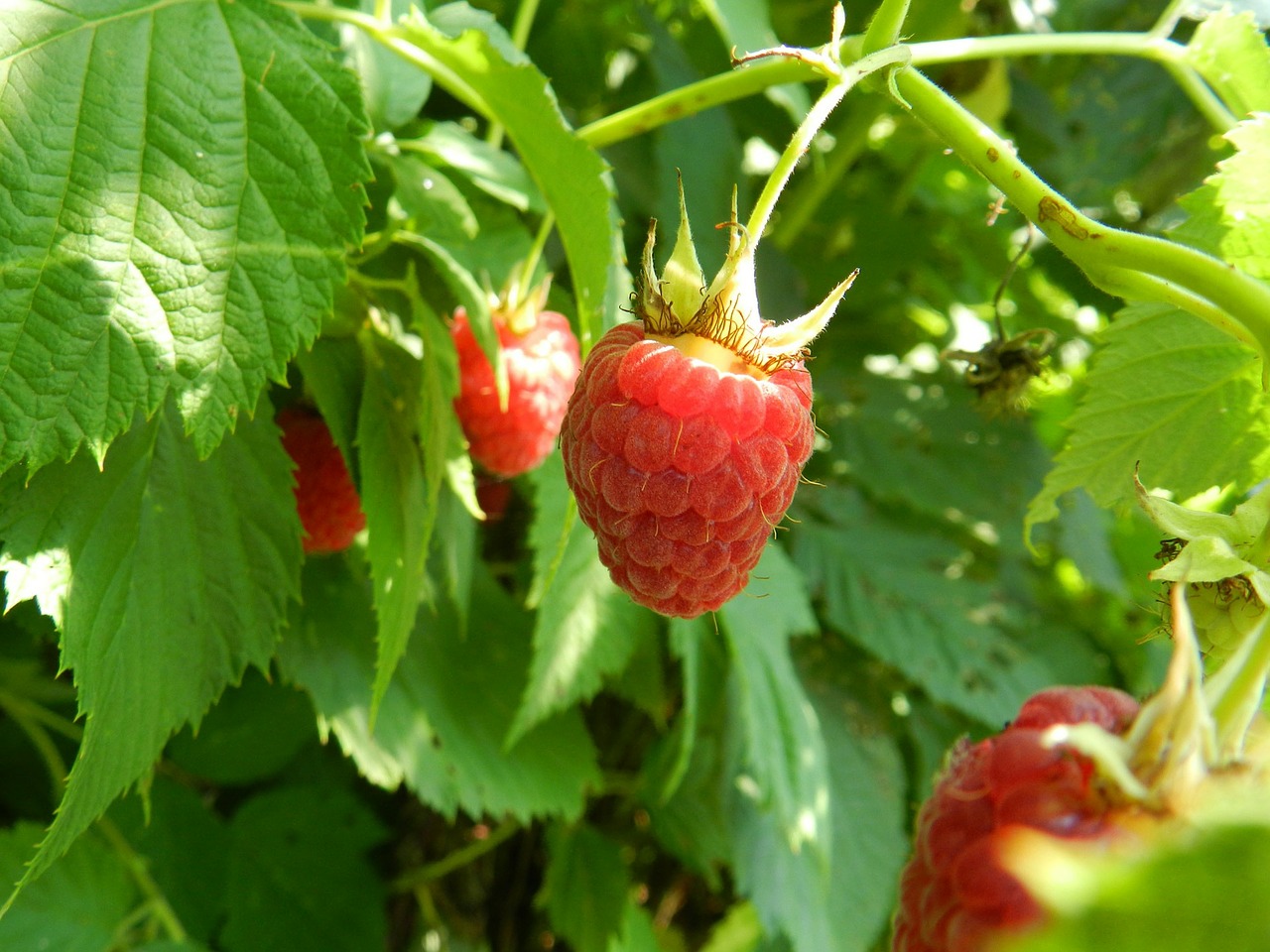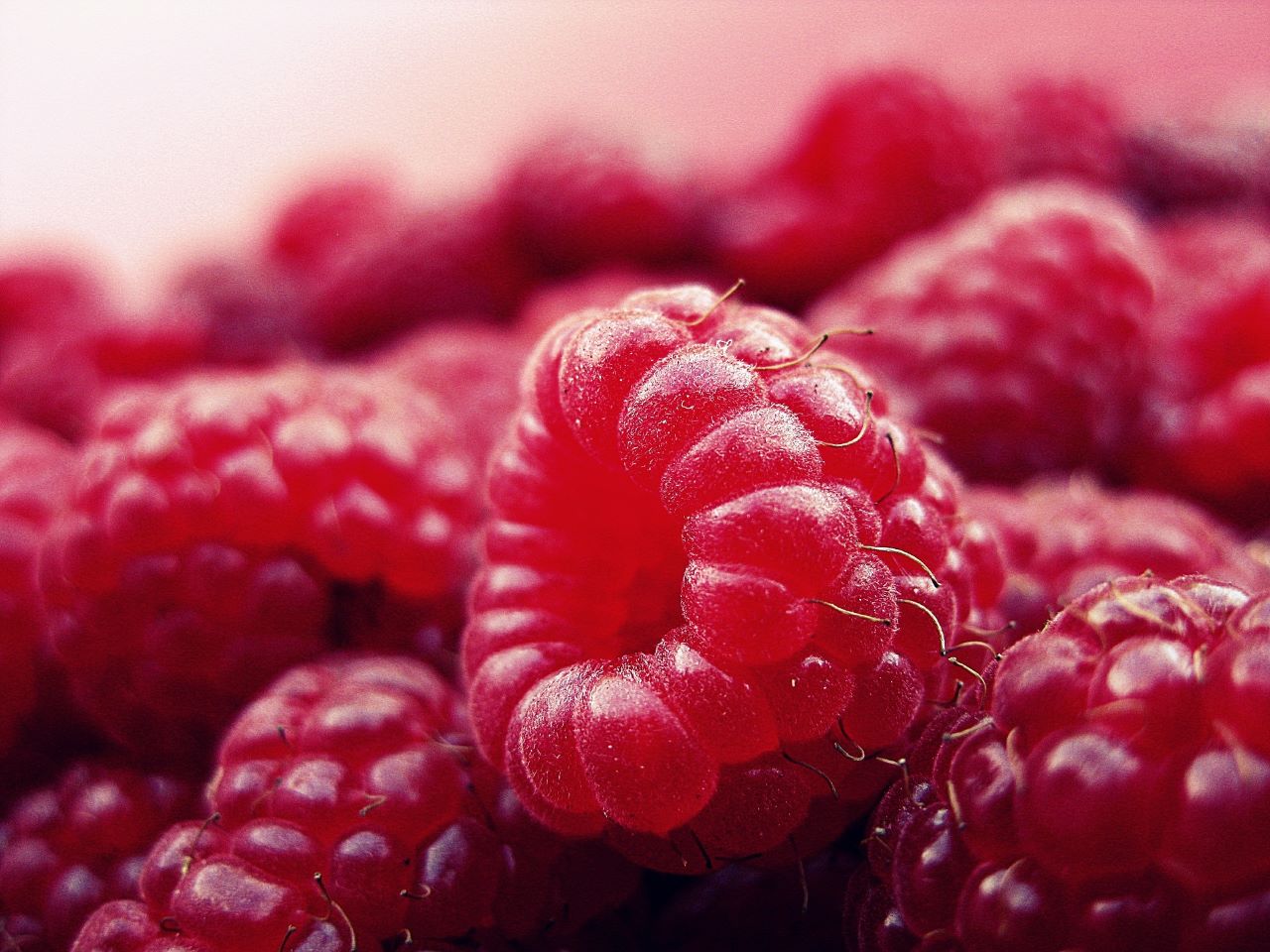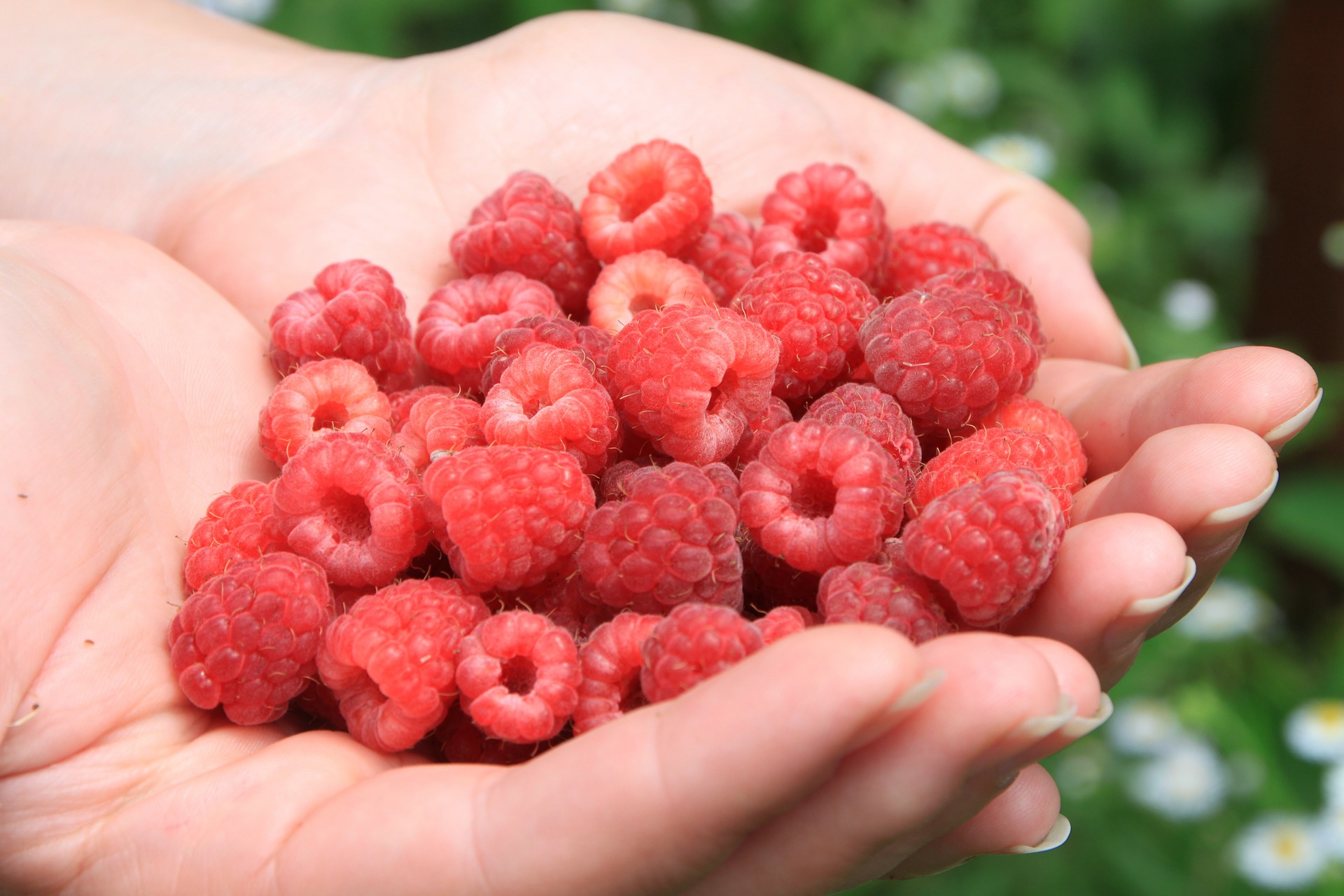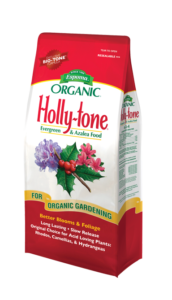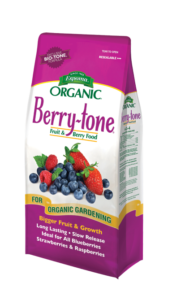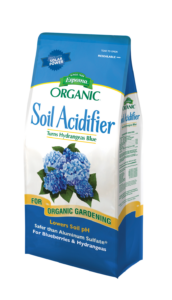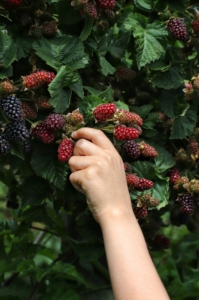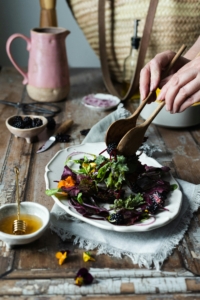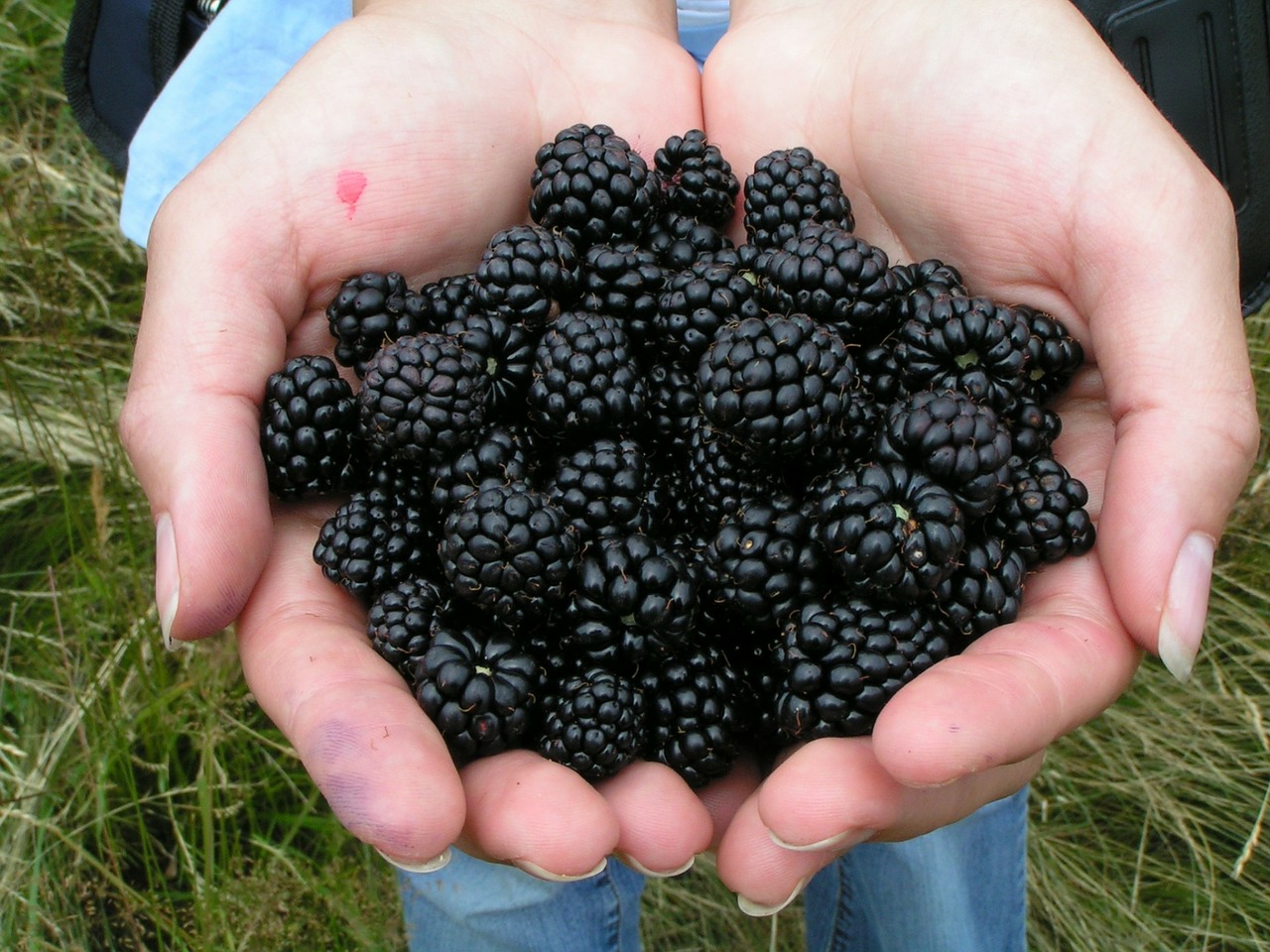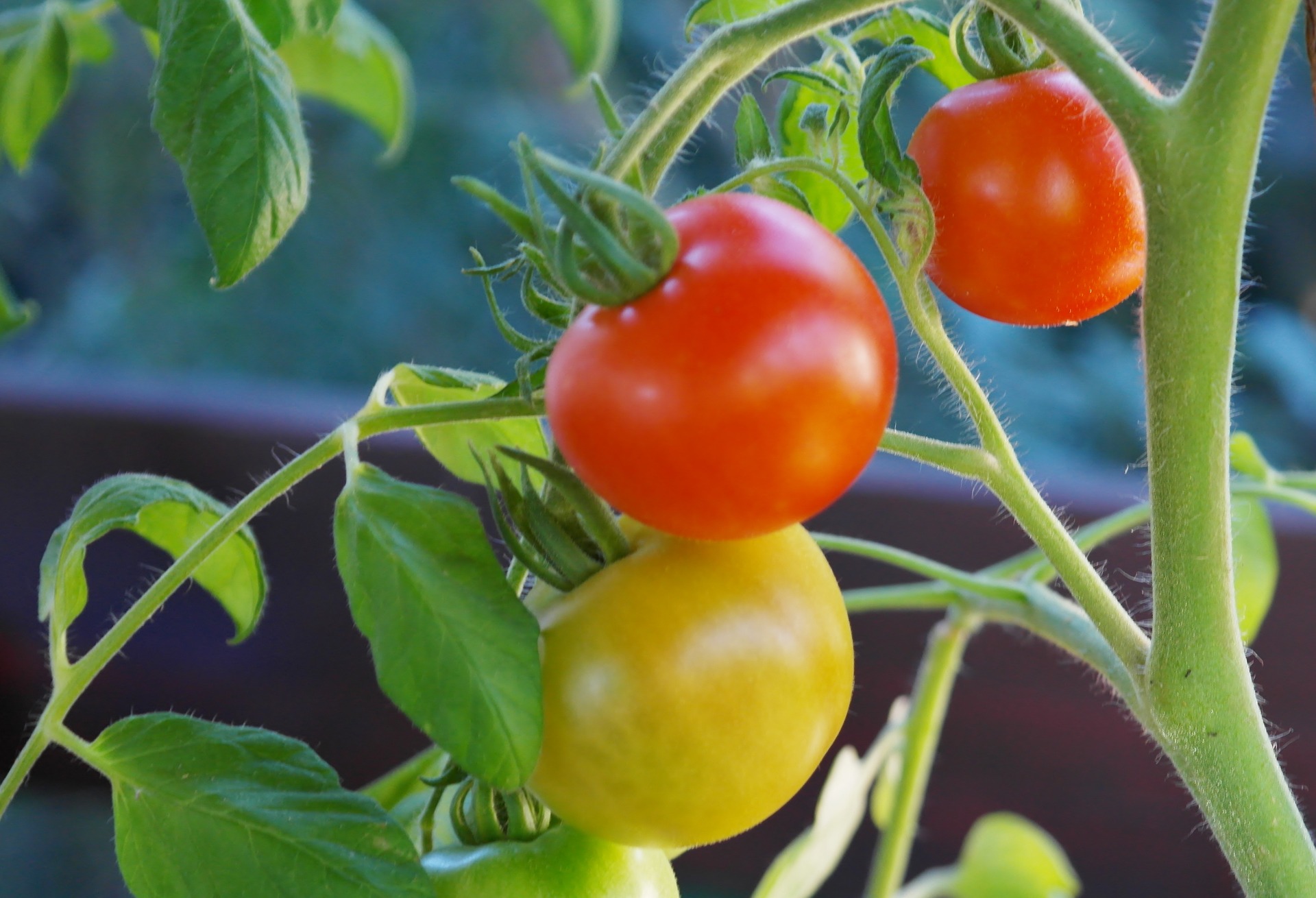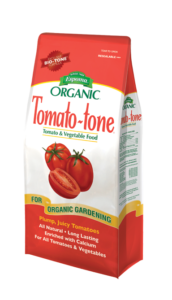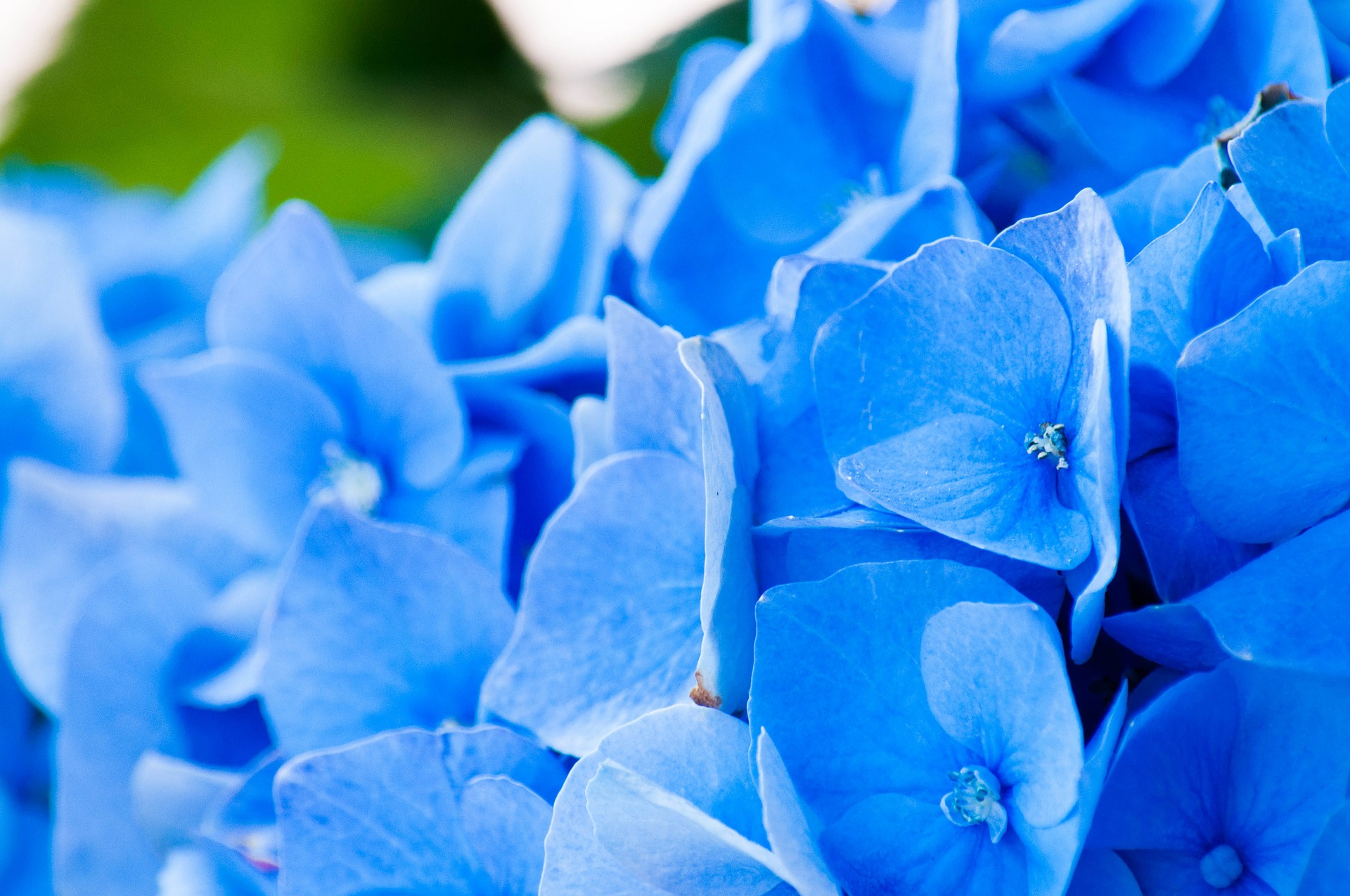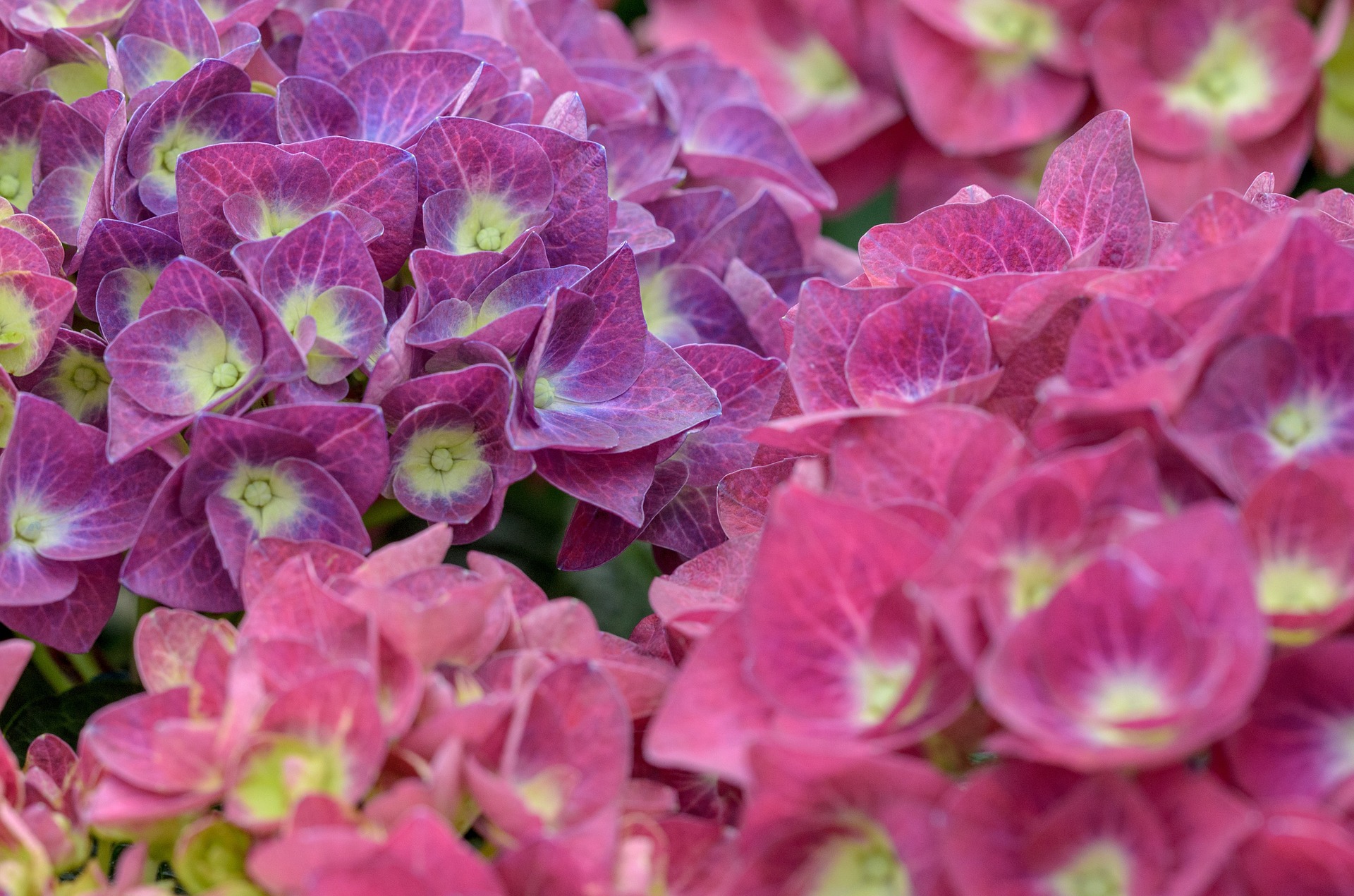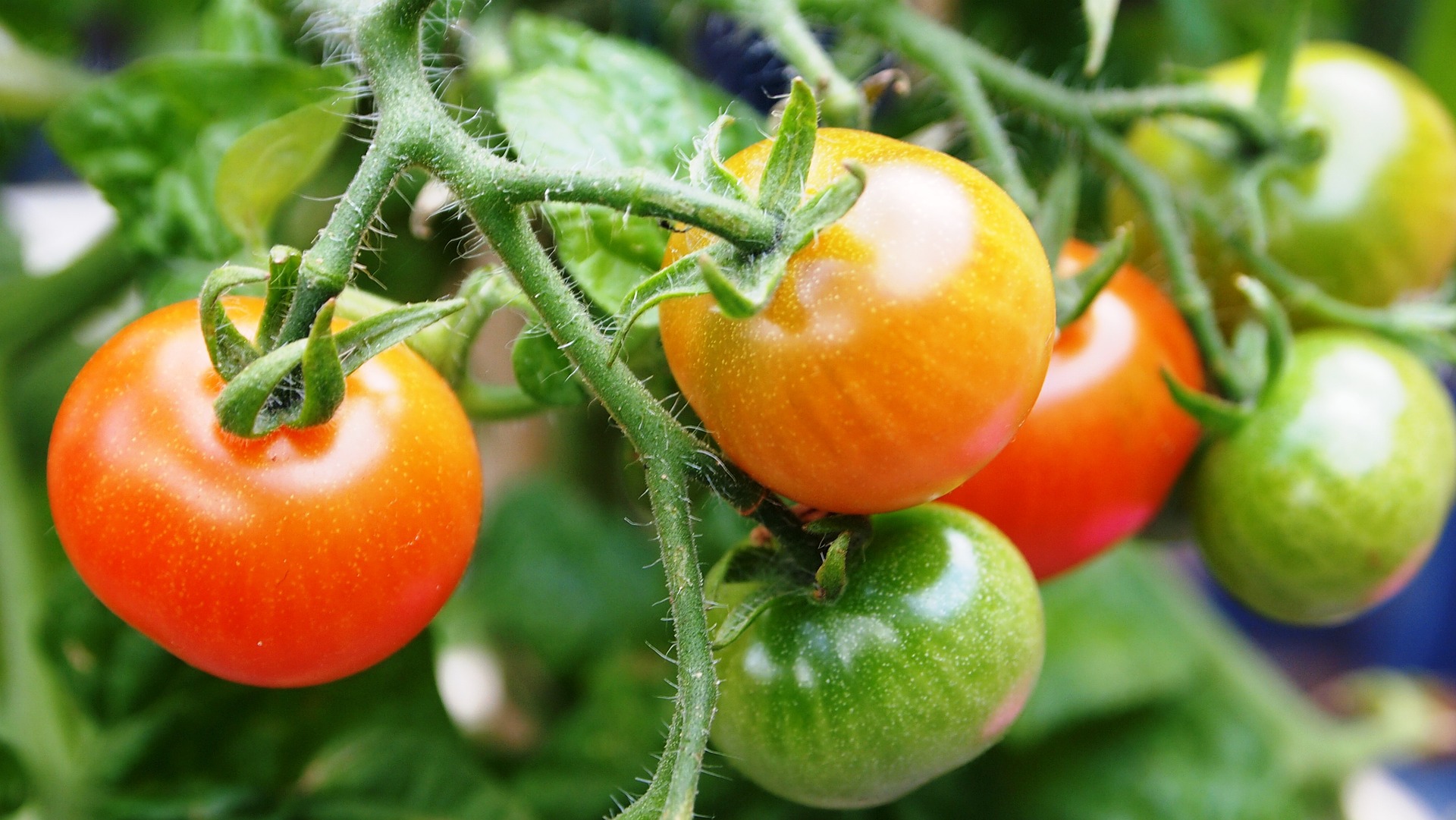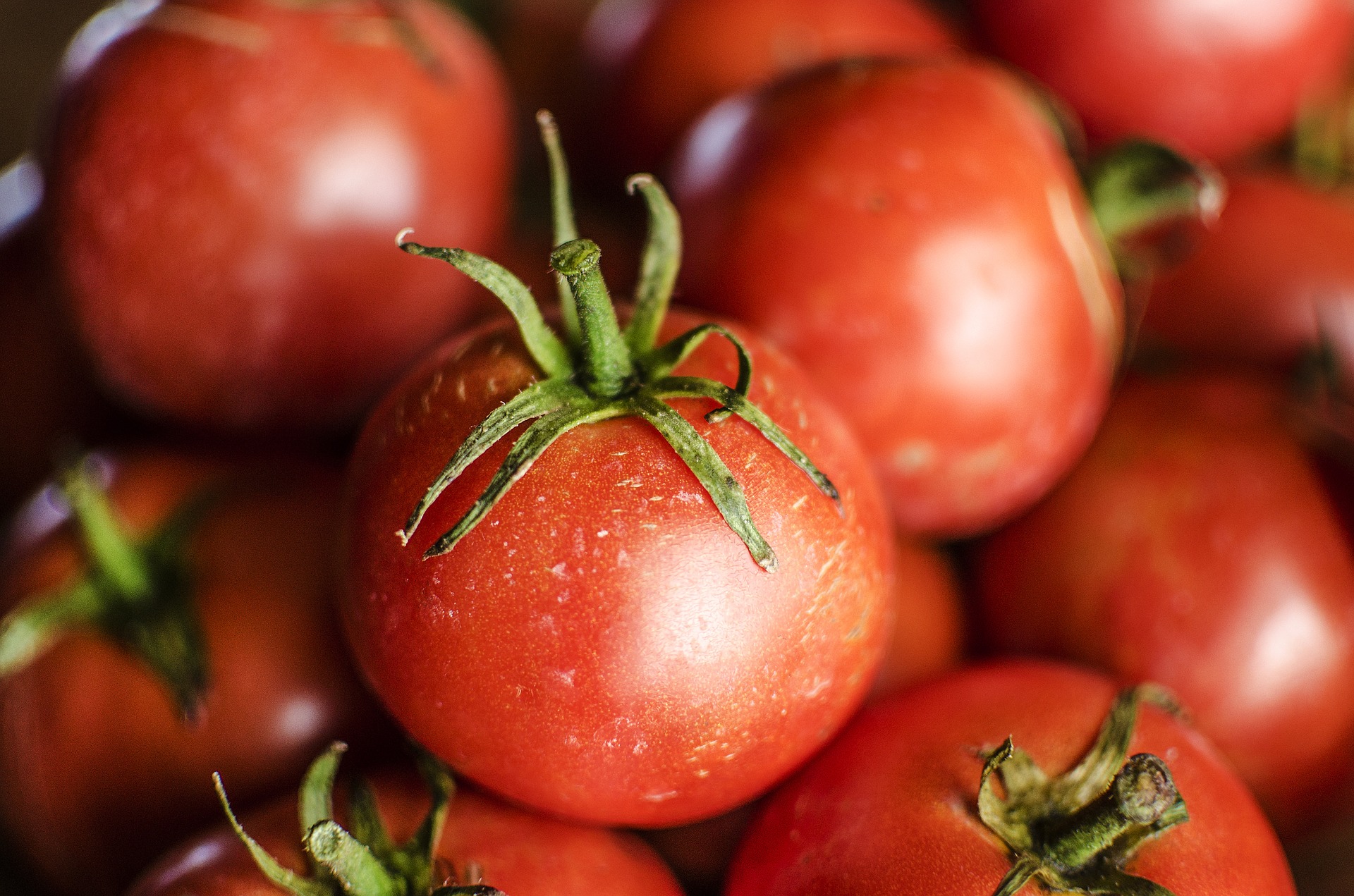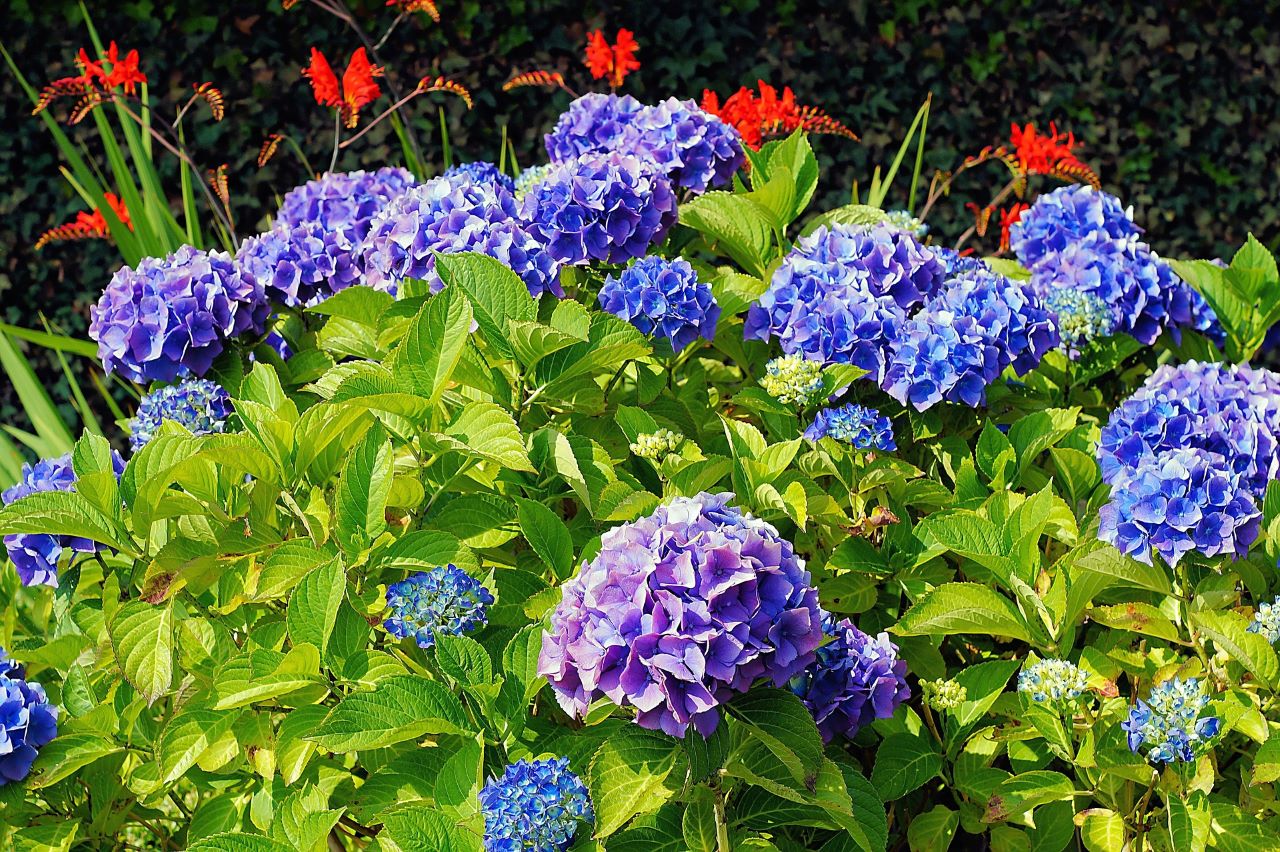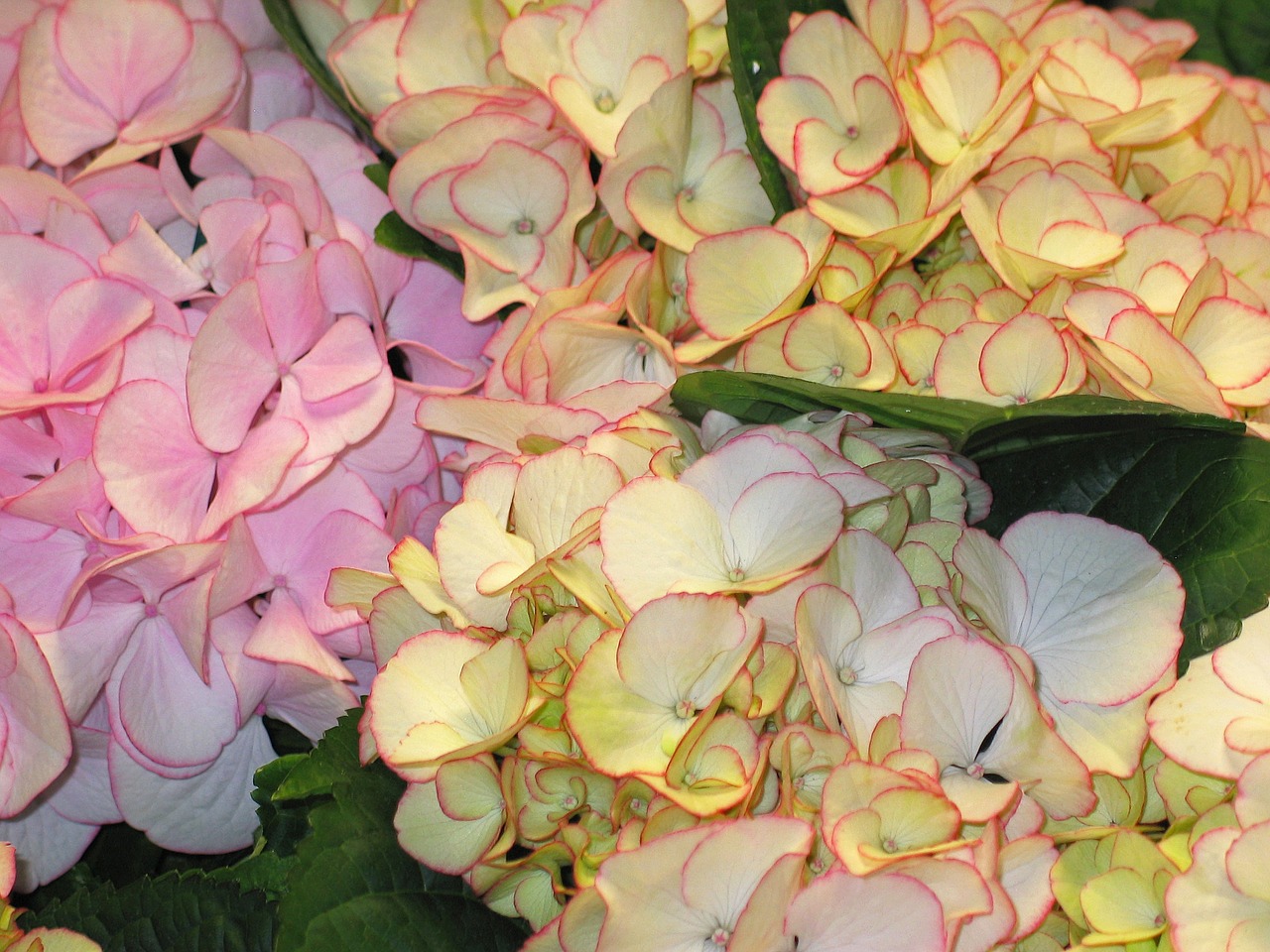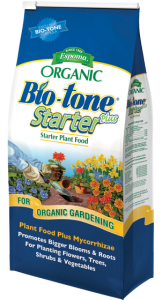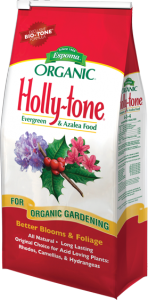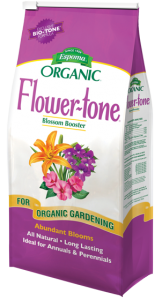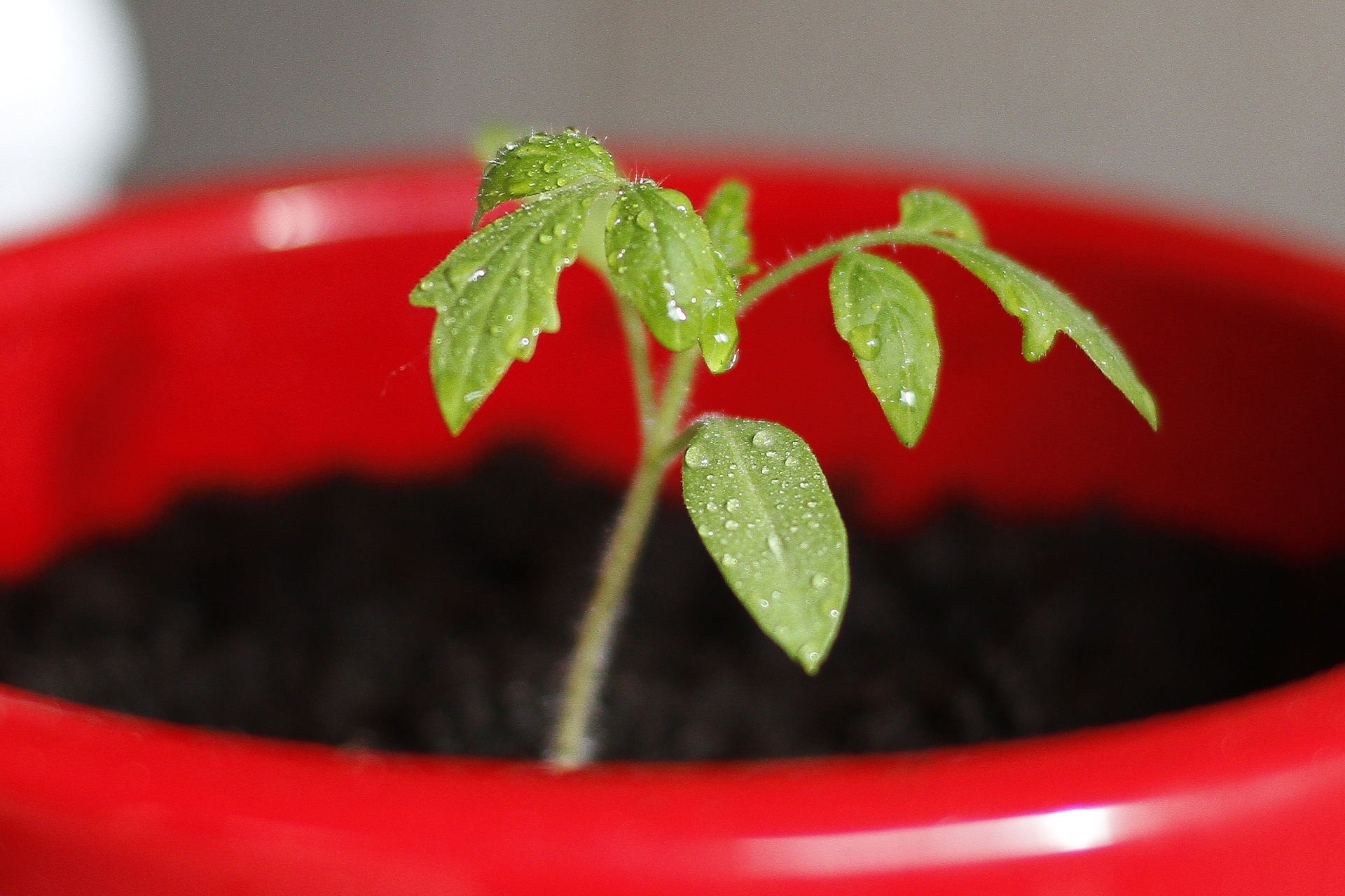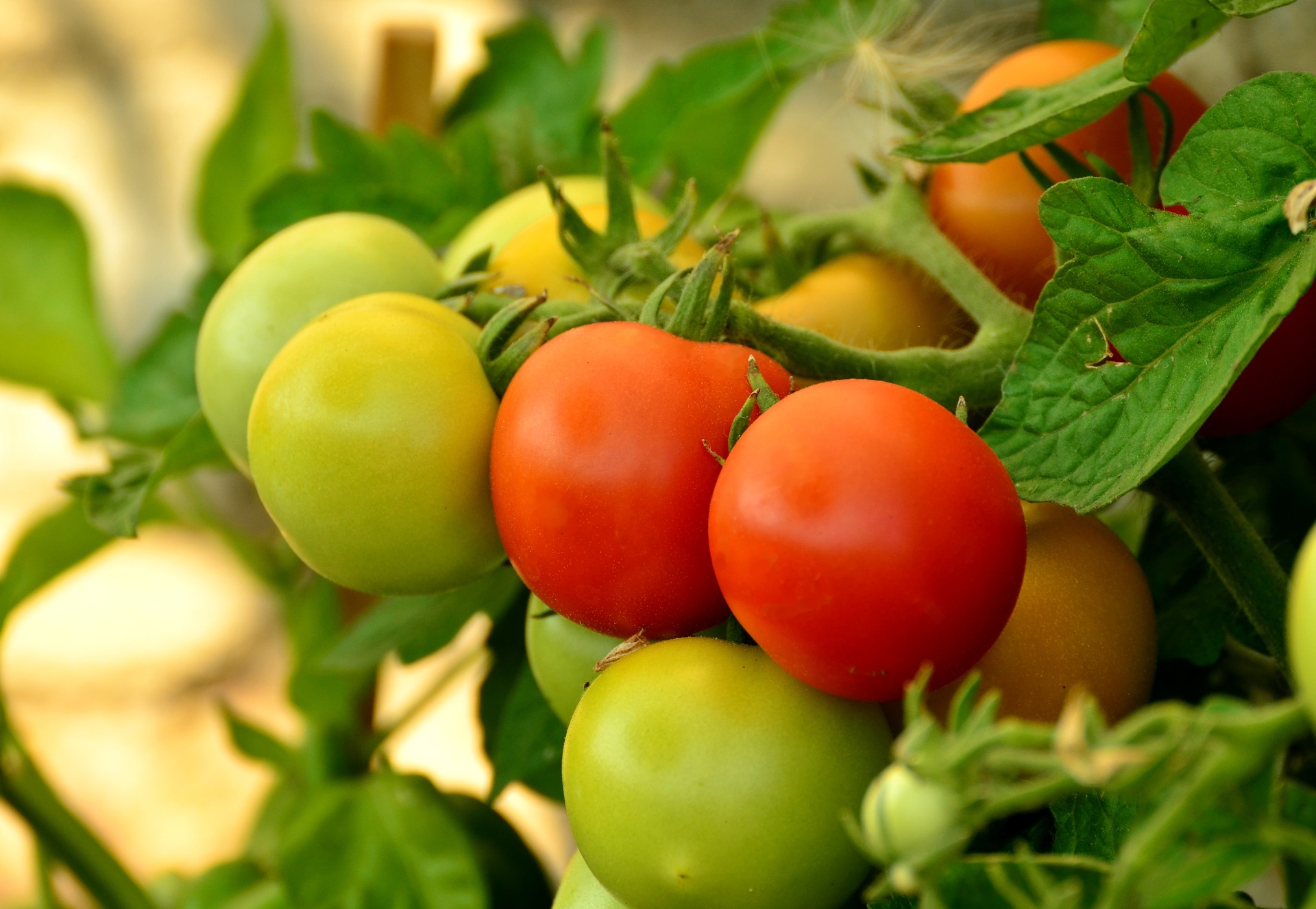Seeing Red: Raspberries in the Garden
Raspberries are a summer staple in every kitchen. Make them a staple in the organic garden, too.
Whether you are growing berries for jam, raspberry cobbler, or just to eat as a quick and healthy snack, these sweet little fruits will never disappoint!
If you want to enjoy these delicious summer berries, now is the time to start planting. Here’s how, and when to plant raspberries.
Pick a Berry
Summer-bearing fruits bear one crop per season, typically summer. Ever-bearing fruits bear two crops, one in the summer and one in the fall. Choose your variety based on how many berries you’d like to harvest.
Contrary to popular belief, raspberries aren’t always red! They also come in yellow, purple and black, so grow a variety of berries and add some color to your organic garden this summer. Visit your local garden center and they can help you choose a variety best fit for your region.
When and Where?
The best time to plant raspberries is in early or mid-spring. These berries are inclined to grow in cooler climates, but the ground might not be workable until after the last frost.
When choosing a location, plant raspberries in an area with full sun and good air circulation. Avoid areas with heavy winds that may damage plants. Leave about 3 feet of space in between each plant.
Because some varieties of raspberries send long canes upward as they grow, they need support. Plant them next to a fence or create a simple support alongside the row with stakes and wire.
Soil Conditions
Raspberries will grow best in slightly acidic, well-drained soil. Be sure to test your soil — an ideal pH level is anywhere between 5.5 and 6.5. If the soil is not acidic enough, add Espoma’s Soil Acidifier.
Add an organic plant food to the soil to encourage healthy growth. Espoma’s Holly-tone is perfect for raspberries as it is a slow-release fertilizer for extended feeding. Keep the soil evenly moist and water as needed.
And that’s it! You’ll have juicy, fresh-picked raspberries in no time.

